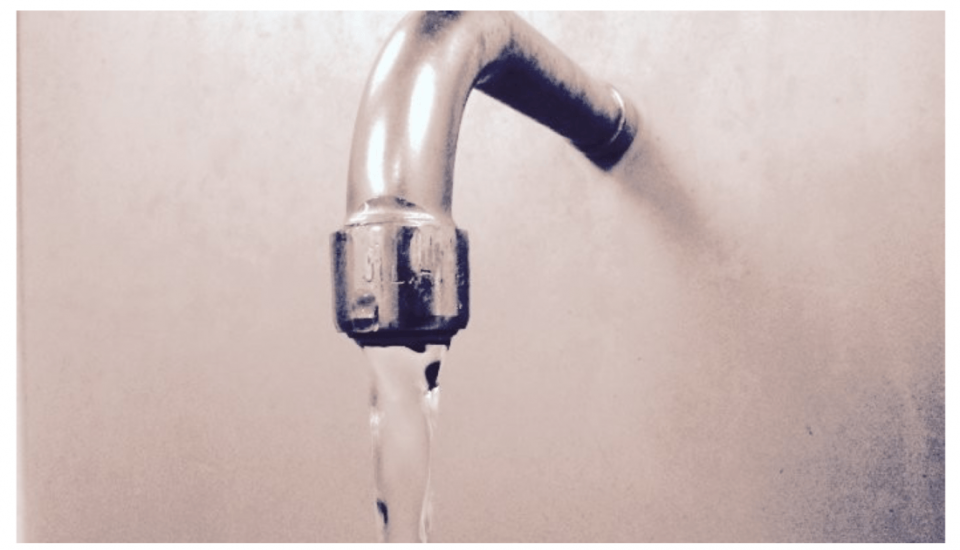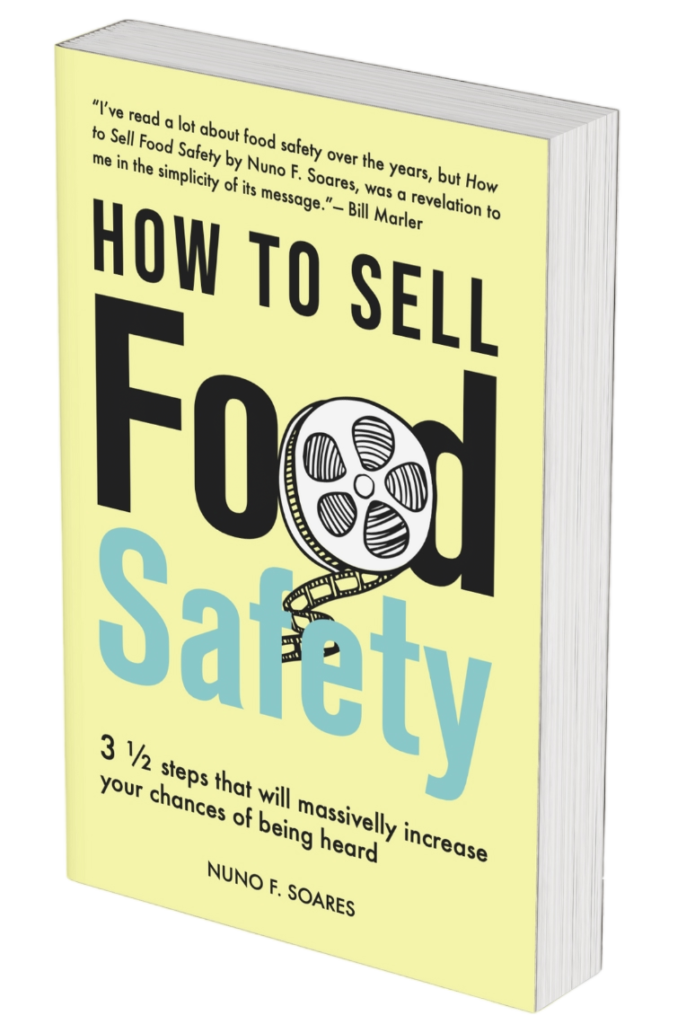
In the hospital scope, patients are assisted with various therapeutic approaches, all of them seeking to reestablish the damage suffered. Patient Safety is a key factor. These approaches include clinical, surgical and video-endoscopic procedures, among many others. Nutritional assistance is very important and includes carefully planned meals, providing all the necessary ingredients for the most diverse illnesses/needs, so hospitals’ food-service system is considered a very complex production process within the sector.
In the USA, a total of 101 culture-confirmed cases and 540 epidemiologically linked cases of Salmonella javiana were detected between May 26, 2003, and June 16, 2003, in hospital employees, patients, and visitors. Asymptomatic employees who had eaten in the hospital cafeteria between May 30th and June 4th 2003 and had had no gastroenteritis symptoms after May 1st were chosen as control subjects. Food handlers who worked while they had symptoms of gastroenteritis likely contributed to the propagation of the outbreak.
From July 2003 through October 2004, 42 patients became infected by strains of Leuconostoc mesenteroides subsp. mesenteroides (genotype 1) in different departments of Juan Canalejo Hospital in northwest Spain. During 2006, 6 inpatients, also in different departments of the hospital, became infected (genotypes 2-4). Parenteral nutrition was the likely source.
In Austria (2006), 7 patients and 14 personnel were infected by Campylobacter jejuni and Campylobacter coli. Case-series investigation revealed that consumption of poultry dishes prepared in the hospital kitchen was the only common factor. Food-borne outbreaks and sporadic cases of campylobacteriosis are often caused by consumption of undercooked poultry or poultry products and by cross contamination in the kitchen from raw poultry to other raw food.
In 2013, in Sydney, three patients in different tertiary hospitals, in two local health districts (LHD), tested positive for listeriosis (bacterial infection caused by Listeria monocytogenes). This unusual occurrence prompted concern that the cases might be linked through contaminated hospital meals because hospitals in these LHDs source food from the same suppliers. By identifying a rare and unique strain of L. monocytogenes in all three patients, the laboratory techniques used in this investigation were central to linking the affected patients with a food item produced by the same company. The identification of a likely source of infection and the quickly implemented control measures probably prevented further cases. This cluster of infections highlights the need for vigilant regulation and approval processes for food suppliers who service hospital populations.
Challenges
Hospitals are complex organizations that pose great challenges to food safety that can be divided in 3 main groups.
When compared with other organizations that manipulate food, it becomes clear the need for specific care and control due to:
- Great circulation of people;
- People external to the organization continuously entering (in contact with the patient) without any health control;
- Food introduced into the hospital by visitors;
- Patients are vulnerable and ill, therefore, they are also a source of contamination, “widely disseminated”;
- Foods are prepared in large quantities for care staff, organizational staff and for patients (up to 6 times a day).
- Patients have their immune system (at least partially) suppressed and therefore with higher probability of contracting diseases transmitted by food;
- Lack of training and awareness (and even competent staff) of the risks posed by food since its acquisition, preparation, transport to the patients and leftover disposal.
Hospitals face another challenge related to food safety: inadequate intake of nutrients in the diets of different patients according to their specific condition, and how serious, or even fatal, any error in the preparation of these foods may be.
The main business of hospitals is to heal people and therefore the time, people and focus allocated to some very important aspects of food safety (e.g. suppliers’ management) is often overlooked.
How can hospitals come around these problems?
First of all, hospitals should increase their awareness of the importance of food safety in their patients’ recovery. This way, food safety should be present in their priorities, communication (mission statements, objectives…) and training. Training is probably the first step to take, together with having a dedicated human resource to manage food safety.
No matter how outsourced the production and distribution of meals are, an internal food safety manager is crucial to show the commitment of the hospital with the topic, to have a pair of eyes only focused on food safety issues and to manage the communication with outsourced suppliers.
The complexity of meal preparation and distribution is directly correlated with the amount and variety of meals. If we take in consideration that typically six meals are served daily, in a medium/large hospital[1] with 300 beds we can figure out that easily about 2000 meals are daily served and distributed (patients + assisting staff). If we add that typically more than 12 diets[2] may be served according to patients needs or limitations, we can have a good picture of how difficult it is to manage such a system. This complexity can be particularly challenging regarding two significant food safety hazards: control time/temperature of food and avoiding errors in diets’ delivery.
The several meals served daily imply that hospitals have a strict control of thawing time/temperature and also place. Common lack of space and proper equipment together with inadequate planning may lead to improper thawing procedures. Any detour to the thawing good practices should be well validated.
During processing, time/temperature control is also critical. Again, the amount and variety of meals imply a rigorous control of product manipulation to adequately guarantee separation between raw and processed food and that the time taken before distribution or temperature processing is adequate to avoid microbiological growth or toxin formation. Well dimensioned equipments like ovens, chopping boards, sinks and kitchen exhaust equipment play also an important role to guarantee proper manipulation conditions.
Due to the amount of meals and distance between preparation rooms and patients, assessing food temperature[3] prior to distribution is crucial not only to guarantee that the food is organoleptically pleasant to the patient, but also that it stays outside the “danger zone”: 5 °C (40 °F) to 60 °C (140 °F)[4]. Most commonly food is served in pre-prepared trays transported in trolleys. There are several options of trolleys available on the market, from tray trolleys where the trays are transported at room temperature, to passive boxes designed to maintain hot or cool temperatures, or even trolleys than can be plugged to maintain either hot or cold temperature. Off course that choosing between these options is not always based only on the best solution to guarantee food safety but also on available budget.
All these options introduce another risk if by any mistake the food delivered is not appropriate to the particular problem of each patient. Talking with professionals of the sector, examples were given of patients in a liquid diet that received a regular diet tray. By ignorance (and hunger) the patient started eating the food and almost choked!
With the amount of meals/variety of diets and also persons involved in the preparing/delivering the food and taking care of the patients, avoiding mistakes is a herculean task. One option to help doing it can be the use of colour coded trays that could be easily matched with a colour stick near the patient by the person that delivers and also by the patient. It would also allow that anyone with sufficient knowledge could look at the tray and figure out if something is inappropriate for that tray.
How about….
– Increasing all hospitals staff awareness to the fact that food (safety) is inseparable from their mission of healing patients. It is of no good to make good diagnostics, prescribe the correct medication or have a successful surgery if then the patient dies of food poisoning.
– The example of using coloured trays is only one possibility to reduce errors, but hospitals may also use some other methodologies (typically taken from industrial practice) to study and optimize food distribution pathways and timings to support and persuade management of any decision/investment needed.
– Due to the specificity of hospitals, a general guide for the implementation of food safety should be developed (or at least a prerequisites program) that could guide professionals in the implementation of HACCP.
It is mandatory that all health professionals embrace food safety as a part of their mission, breaking old paradigms and supporting better daily practices. This is crucial if they want to not only to guarantee but also increase general population health.
[1] Classification of hospital size according with number of beds varies depending on the country, and even sometimes inside each country regarding if it is a Rural or Urban area. For this article was defined that a small hospital has < 150 beds, a medium 150-300 and a large >300
[2] Typical diets are: Regular, Soft, Pasty, Liquid (full), Liquid (clear), Low fat, Low sodium, Low protein, No added salt, Diabetic, Renal, Hepatopathy, Heart Disease.
[3]Using calibrated and cleaned thermometers is probably the main tools to guarantee food safety in kitchens
[4] Between this temperatures bacteria grow most rapidly doubling their number just in 20 min (USDA – United States Department of Agriculture)







